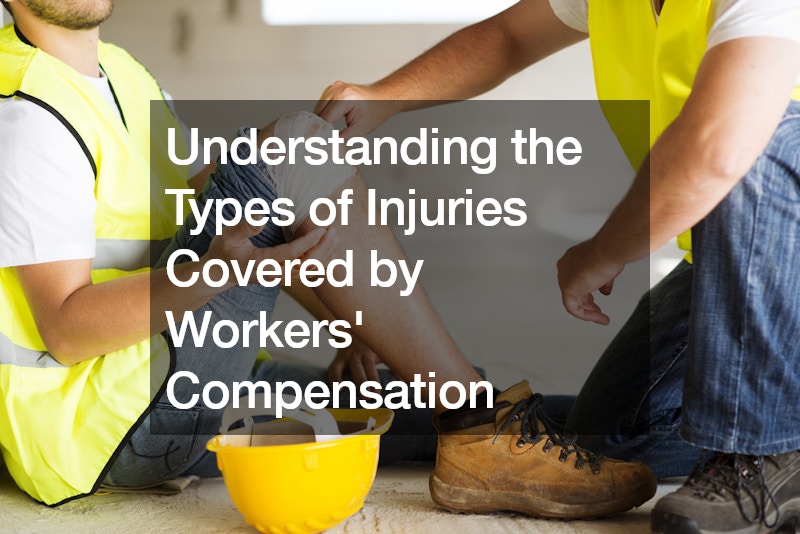
Workers’ compensation is a form of insurance providing wage replacement and medical benefits to employees injured in the course of employment. Understanding the types of injuries covered by workers’ compensation is crucial for both employers and employees to ensure that claims are properly filed and managed. Here’s an overview of the primary categories of injuries that are typically covered under workers’ compensation.
1. Traumatic Physical Injuries
These are the most straightforward and clear-cut injuries covered under workers’ compensation. They occur as a result of a specific, sudden incident or accident at work. Examples include a construction worker breaking a leg after falling from scaffolding, or a warehouse employee sustaining a back injury from lifting heavy boxes. These injuries are usually easy to prove and link directly to workplace activities.
2. Occupational Diseases
Occupational diseases are illnesses that develop due to exposure to harmful conditions specific to a particular work environment or job duties. For example, workers exposed to asbestos may develop mesothelioma, a type of lung cancer. Other examples include repetitive stress injuries like carpal tunnel syndrome from extensive keyboard use, or hearing loss in workers in noisy environments. Proving occupational diseases can be more complex than traumatic injuries because it requires demonstrating that the disease is primarily linked to workplace exposure rather than external factors.
3. Cumulative Trauma Injuries
Cumulative trauma injuries result from repetitive stress or strain over an extended period. Unlike a traumatic physical injury that occurs at a specific moment, cumulative injuries develop gradually. Examples include repetitive motion injuries, chronic back problems from continuous heavy lifting, or joint degeneration. These injuries can be challenging to claim because they accumulate over time, making it harder to pinpoint their origin to the workplace.
4. Mental Stress Injuries
Mental stress injuries are among the more complicated claims in workers’ compensation. These injuries can include psychological disorders caused by work-related stress or traumatic events experienced on the job, such as post-traumatic stress disorder (PTSD) after witnessing a violent incident at work. The challenge with these claims lies in proving that the mental injury is directly related to the job and not influenced by non-work-related factors.
5. Aggravation of Pre-existing Conditions
Workers’ compensation also covers the aggravation of pre-existing conditions if the work environment exacerbates an already existing medical issue. For example, if an employee with pre-existing arthritis experiences a worsening of symptoms due to the physical demands of their job, this may qualify for compensation. The key here is demonstrating that the job significantly worsened the condition beyond its normal progression.
Watch the video above to learn more!.




